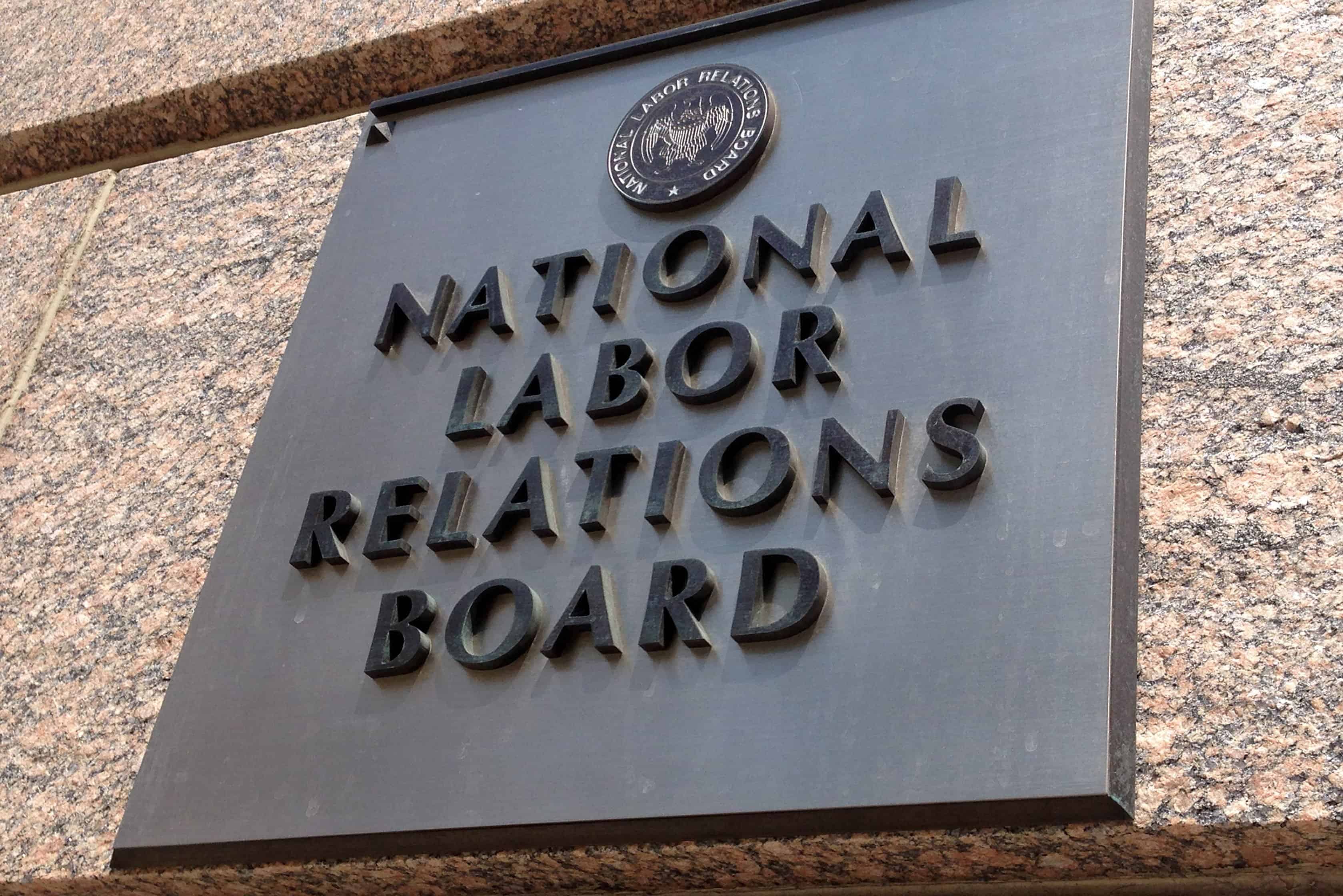
Andrew Strom is a union lawyer based in New York City. He is also an adjunct professor at Brooklyn Law School.
When Donald Trump was elected, one of the top priorities for the Chamber of Commerce at the NLRB was to overturn the Specialty Healthcare decision that clarified the test for determining when a union’s proposed bargaining unit must include an additional group of workers. The Chamber’s rallying cry was that Specialty Healthcare had opened the floodgates for “micro-units” – an assertion that was refuted by data showing that the median size of bargaining units remained unchanged after Specialty Healthcare. Nevertheless, almost as soon as the Trump appointees on the NLRB were confirmed, they issued a decision in PCC Structurals, Inc. overruling Specialty Healthcare. In PCC Structurals, the Trump appointees expressed concern about “fractured” bargaining units composed of workers “whose interests are insufficiently distinct from those of other employees” to constitute a separate bargaining unit. Yet, in a recent case where a union sought to add two workers to its bargaining unit, the concerns about fracturing or proliferation of bargaining units simply melted away.
In Recology Hay Road, the Teamsters represented a group of 41 workers in seven classifications at a solid waste disposal facility. The unit included every non-supervisory worker who did not work in the office. In November 2016, the employer created a new position called Material Receiving Coordinator (MRC) and it hired two new employees into that position. When the employer asserted that the MRC position was not part of the bargaining unit, the union filed a unit clarification petition, arguing that the position should be included in the bargaining unit. In NLRB jargon, the Union was seeking an “accretion,” something the Board has described as “the addition of a relatively small group of employees to an existing unit where these additional employees share a sufficient community of interest with the unit employees and have no separate identity.” The Board will find that an accretion is appropriate where the additional employees share an “overwhelming” community of interest with the preexisting unit. In Recology Hay, after a fact-finding hearing, the NLRB Regional Director issued a decision finding that the MRC position belonged in the unit. The Board applies a multi-factor test to determine when a newly created position should be accreted into an existing bargaining unit. The factors include interchange and contact among employees, degree of functional integration, geographic proximity, similarity of working conditions, similarity of employee skills and functions, supervision, and collective bargaining history. The Board has previously held that the two most important factors are interchange (i.e. whether workers move back and forth from one position to the other) and the existence of common supervision. Here, almost all of the factors weighed in favor of an accretion: the MRCs had the same direct supervisor as bargaining unit members; they had daily contact with bargaining unit members and their work was functionally integrated with bargaining unit members; their wages and benefits were comparable to bargaining unit members; they wear the same uniforms, use the same break room, and clock in and out in the same manner; they have the same basic skills and educational requirements; and they work in the same general area as the bargaining unit members. The only factor that weighed against an accretion was that there was no evidence of interchange between the MRCs and other bargaining unit members.
While the Board had previously held that the absence of both common supervision and interchange will ordinarily defeat a claim of accretion, it had never before held that the absence of only one of those factors is decisive. In an effort to bolster its case, the Trump majority added a second rationale that is also at odds with controlling precedent. Part of the MRC job was to verify the accuracy of the weight ticket issued by the weighmaster – the position was apparently created in response to theft schemes perpetrated by unit employees. The Trump Board claimed that an earlier case, Virginia Mfg. Co., stood for the proposition that a production control clerk could be excluded from a production and maintenance unit where his monitoring duties have the potential to place him in an adversarial position toward unit members. In fact, the employee in Virginia Mfg. was excluded because the Board found that he was a clerical employee. In other cases, the Board has included quality control employees in production units, despite similar concerns.
The immediate result of the Recology Hay decision is that the two workers in the MRC position are kept out of the existing bargaining unit. But, if they are not part of the existing unit, then they would have the right to form their own, separate two-person bargaining unit. Where is the Board’s concern about fractured units, or proliferation of bargaining units, or the practical difficulties of requiring employers to bargain with multiple units? Apparently, none of those concerns matter when an employer is asking the Board to keep two workers out of a union.
The one silver lining in Recology Hay is that in Specialty Healthcare the Board adapted the accretion test to determine when a union’s proposed unit may exclude a particular group of workers. And, if a Democrat is elected President in 2020, a newly constructed Board will almost certainly overrule PCC Structurals. When that happens, unions will be able to rely upon the Trump Board’s narrowing of the “overwhelming community of interest” test to successfully argue for bargaining units that exclude any job category that does not have significant interchange with workers in other classifications.






Daily News & Commentary
Start your day with our roundup of the latest labor developments. See all
June 30
Antidiscrimination scholars question McDonnell Douglas, George Washington University Hospital bargained in bad faith, and NY regulators defend LPA dispensary law.
June 29
In today’s news and commentary, Trump v. CASA restricts nationwide injunctions, a preliminary injunction continues to stop DOL from shutting down Job Corps, and the minimum wage is set to rise in multiple cities and states. On Friday, the Supreme Court held in Trump v. CASA that universal injunctions “likely exceed the equitable authority that […]
June 27
Labor's role in Zohran Mamdani's victory; DHS funding amendment aims to expand guest worker programs; COSELL submission deadline rapidly approaching
June 26
A district judge issues a preliminary injunction blocking agencies from implementing Trump’s executive order eliminating collective bargaining for federal workers; workers organize for the reinstatement of two doctors who were put on administrative leave after union activity; and Lamont vetoes unemployment benefits for striking workers.
June 25
Some circuits show less deference to NLRB; 3d Cir. affirms return to broader concerted activity definition; changes to federal workforce excluded from One Big Beautiful Bill.
June 24
In today’s news and commentary, the DOL proposes new wage and hour rules, Ford warns of EV battery manufacturing trouble, and California reaches an agreement to delay an in-person work mandate for state employees. The Trump Administration’s Department of Labor has advanced a series of proposals to update federal wage and hour rules. First, the […]